Effective July 1, Iowa law will require motorists to change lanes or slow down when approaching a stationary utility vehicle that has its flashing lights activated. Across the country, all states have “move over” laws, but only 12 (including now Iowa) protect utility service vehicles.
IAMU is working with Alliant Energy, the Association of Electric Cooperatives, ITC Midwest, and MidAmerican Energy to spread the word through various communication efforts, including asking Iowa motorists to sign a pledge vowing to move over or slow down when approaching a stationary utility vehicle that has its flashing lights activated. To take the pledge, visit www.moveoveriowa.com. IAMU encourages you to take the pledge and spread the message to encourage family, friends, and customers to take the pledge as well.
The Move Over/Slow Down law applies to all utility service vehicles, not just electric crews. This law is designed to protect motorists and Iowa’s utility workers who are at high risk while performing their duties on Iowa’s roadways. Motorists can face penalties for violating the law, such as receiving traffic tickets or having their driver’s license revoked.
IAMU will make various communications available for you to use over the coming months, including:
- Move Over Logo: Members may download the logo from the members-only Resources section of the website (Under Communication Tools & Resources). You are free to use the logo electronically (on your website or social media accounts) and in any printed form.
- Social media posts that will include the Move Over logo, a quick fact, photo, and hashtag #MoveOverIowa. IAMU will post these messages to the IAMU social media accounts. All member utilities may share the posts directly from the IAMU social media posts.
- Posters that will include a powerful statistic or blurb with a photo, the Move Over logo, and www.moveoveriowa.com. The posters will be designed at 8 ½ X 11 size and made available electronically. The posters can easily be printed and posted in your office. You may download the posters from the members-only Resources section of the website (Under Communication Tools & Resources). If you would like the posters customized with photos of your crews, send photos to Jen Cronin at [email protected].


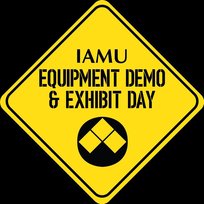
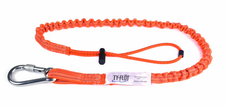
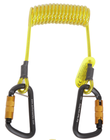
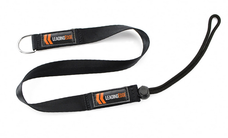
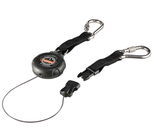
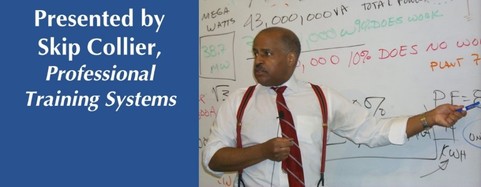

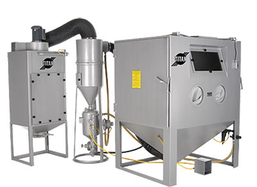
 RSS Feed
RSS Feed
